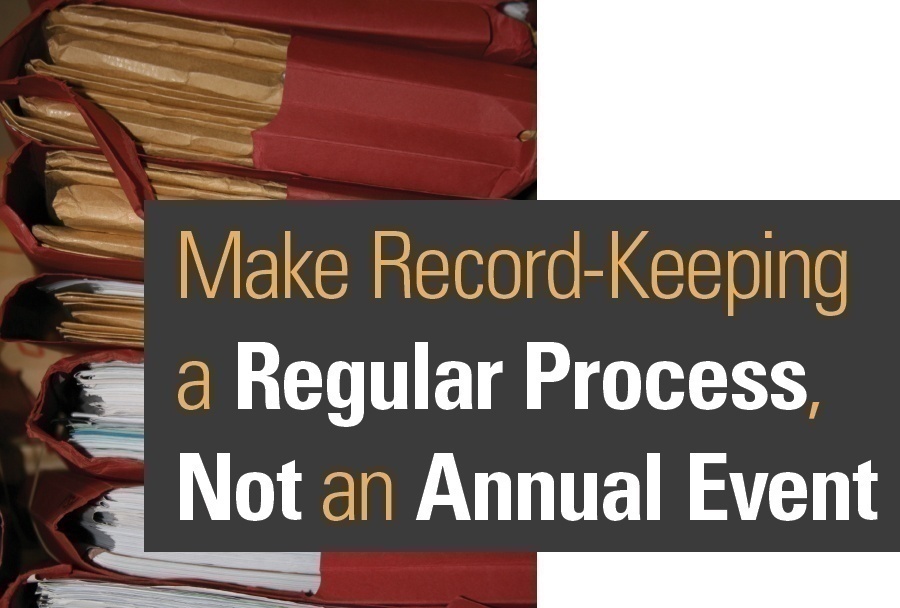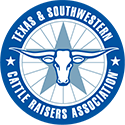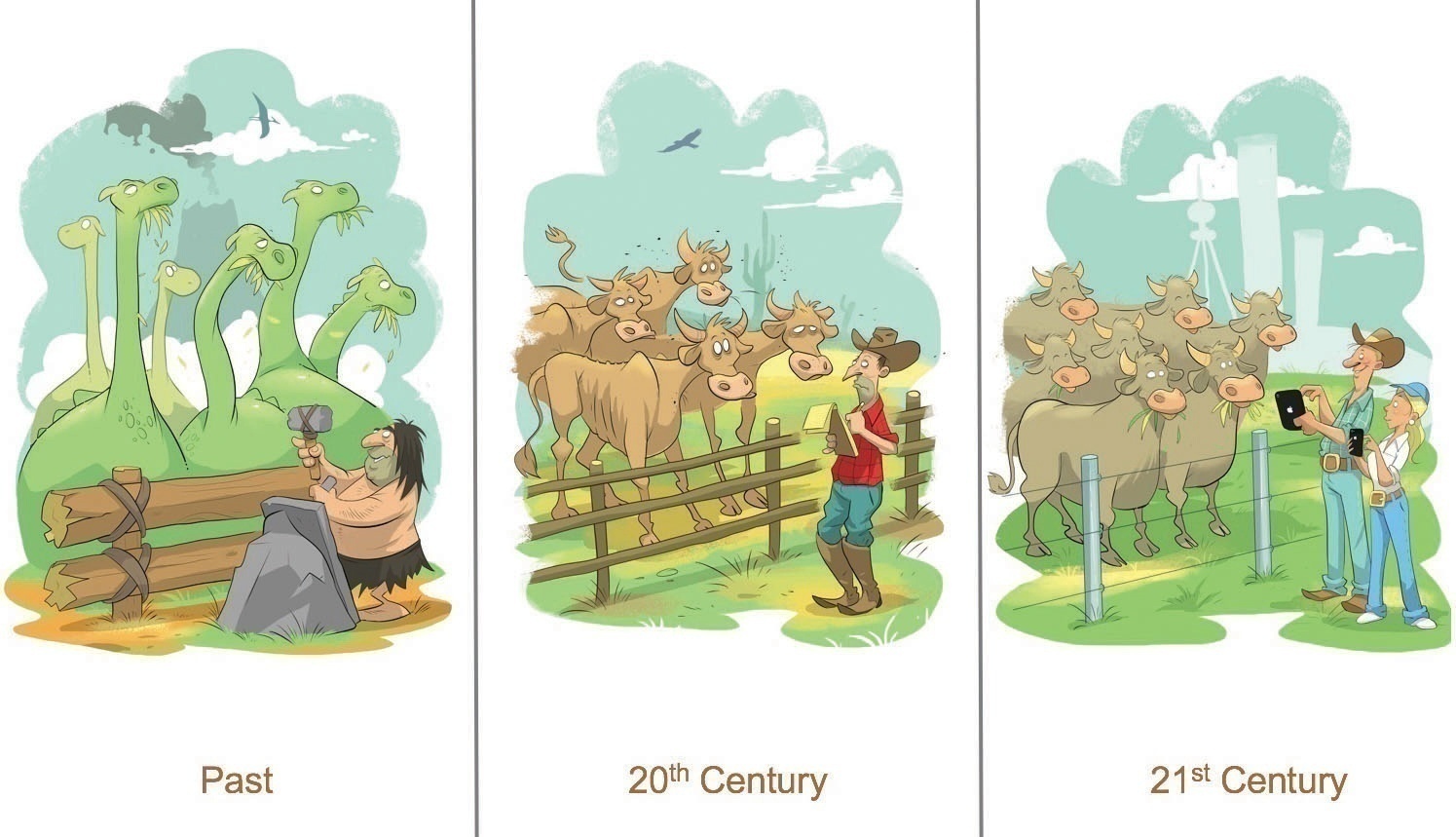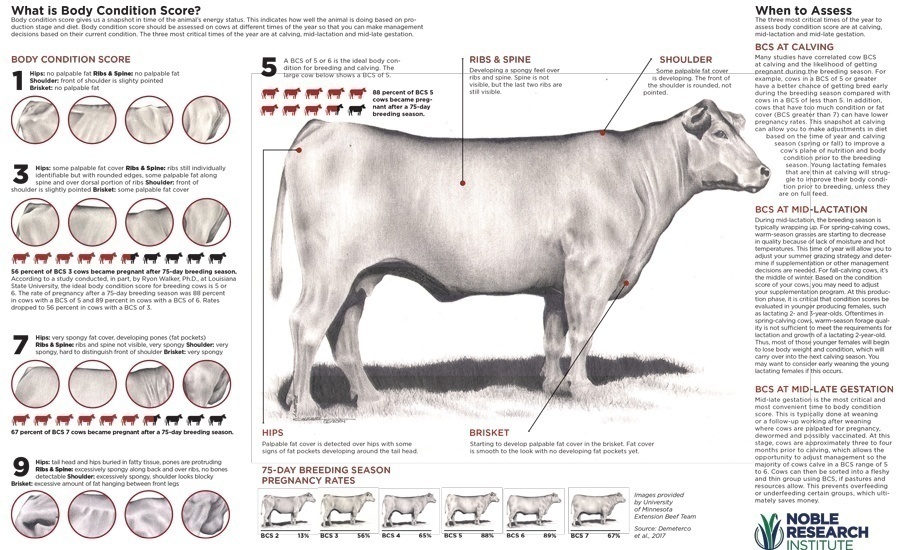Make Record-Keeping a Regular Process, Not an Annual Event

By Ellen H. Brisendine
“Start keeping a few basic herd records and build up from there.”
“The payoff to keeping records isn’t so much in the data entry as in what a year’s worth of data shows you. So, one of your record-keeping factors will need to be some patience.”
“Any records are better than no records, but consider a software program that will help you analyze the data.”
“Record-keeping is a process, not an event.”
These quotes are from Terrell Miller with CattleMax Software, who will be teaching a ranch record-keeping class at the School for Successful Ranching in March in Fort Worth.
The School is part of the 2018 Cattle Raisers Convention, March 23 to 25, at the Fort Worth Convention Center.
If any of these comments sparked an “aha” moment for you, then read on for more of Miller’s practical advice and consider coming to the Cattle Raisers Convention for his class and more classes that are useful to ranchers and natural resources managers.
Start keeping a few basic herd records and build up from there
“Step No. 1 is a bull and cow inventory,” Miller says. “You don’t have to have the birth date, but an estimate of their ages is a good way to get started.”
The next thing, he suggests, is “some breeding information or exposure dates. Then take an inventory of the calves you have on the ground and their approximate ages.”
Round out these basic records with pasture locations of the animals.
When you’re ready, consider taking a next step in record-keeping by pregnancy-checking the cows. “It’s helpful to know that you’re not carrying an unproductive cow all the way through winter and then some. Then another area of the production records is calving results. Just keep track of that production history,” he says.
A helpful practice for herd inventory record-keeping is to tag or identify the cattle. That unique identifier number for each cow, bull and calf will help the rancher to later analyze the records to make keep-or-cull decisions and if the rancher wants to collect additional records on how the calves of particular cows grow and gain weight.
Patience brings the payoff in record-keeping
“It takes a little bit of patience in the beginning, spending time collecting the data, building the inventory and tagging your cows if they’re not tagged,” Miller says.
He and his customers have seen herd improvements within the first year of record-keeping “just by having an accurate inventory. For instance, if a rancher takes an inventory of his or her cows and sees that 25 percent of the herd is 7-years-old and older, then he or she may want to start looking ahead to avoid having a herd of older cows that may affect production rates.”
Patience and the consideration of other records to keep beyond the basics will pay off in data that will show your herd’s strengths and areas that can be improved.
Miller suggests additional data to collect are weight and health protocols.
“Performance records are really helpful. If the producer doesn’t have a set of scales to weigh his or her cattle, then I suggest visually evaluating the body condition score (BCS) of the cattle.”
Noble Research Institute, Ardmore, Okla., has graciously shared a BCS infographic, shown right.
Evaluate your cows at the beginning of breeding season and then after they’ve weaned a calf, Miller suggests, assigning a BCS to the cow both times. Ranchers who sell calves at the livestock auction market can ask the market to provide weights on those calves.
“Then we have our calf inventory, we have our weights from the sale barn and we have an idea of the condition of the cows,” Miller says.
“Health records are other important records to keep,” he says.
“When you think about health records, there’s your herd health program, such as your annual vaccination regimen. Then there are the individual health records to show when an animal gets sick, what medication it received and the withdrawal period for that medication. These are all important records to track.”
Your banker, financial manager or tax preparer will also want you to keep records.
Miller knows that those who finance ranching want to know about purchases, sales and death loss when it comes to cattle records.
“It is important to note which cattle you have raised and which cattle you have purchased,” Miller says. Your tax preparer will need to know when you have sold raised or purchased cattle, or when there is death loss, to properly apply cost basis.
Paper, electronic spreadsheet or herd management software
Miller chuckles when he points out that almost all record-keeping involves a tablet. We’ve gone from stone or clay for our tablets to paper to hand-held electronic tablets.
“We still have 3 categories of record-keeping tools – paper, spreadsheets and herd management software,” Miller says. “Each one has its pros and cons, but obviously I believe in herd management software.
It is difficult and time-consuming to make extra backup copies of paper records. Handling paper out in the wind, rain and pasture conditions can lead to a muddy, smeared mess. However, “it’s easy to jump into keeping basic records on paper,” Miller says.
Electronic spreadsheets, such as Microsoft Excel files, are a step up from paper. “Excel overcomes some of the limitations you have with paper. You can back up your records, you can email them and they’re easier to read.
“But what tends to happen with Excel, particularly after a few years, is you start adding more and more columns. The first few years you may have a column for tag and birth date. But in 2 or 3 years you may have 20 or more columns. Then you start trying to link this cow to this calf, and then that calf is now a replacement heifer in the herd. It doesn’t really link things together.
“Essentially, you have made an electronic file cabinet. You keep putting all the data in, but it’s not easy to generate reports to get that information back out,” he says.
A herd management software program can help with making data entry easy and analysis and reporting simple. “One of the nice things about software that’s designed specifically for cattle recordkeeping is that you are not starting with a blank slate. You’re starting with a solid foundation from which to work. When you do things like you add a calf, and then you say, ‘This calf is out of this cow and by this sire,’ everything is instantly linked. You can see the production history of your sires, cows and calves.”
A process, not an event
“Record-keeping is not rocket science. It’s just a matter of trying to get it done. There are several reasons to keep good cattle records. To me, one of the most important reasons to keep records is for your own use at your farm and ranch, rather than having to fly blind. When my grandfather came home from the war and raised cattle, he didn’t really have a record-keeping system. He felt he didn’t need one, but he also wasn’t dealing with high input costs, competition for land, and the other factors we face today in agriculture. Getting started with just the basic production records is helpful for your ranch.”
How Terrell and Penny Miller Got Their Start
Terrell and Penny Miller started Cattlesoft in 1999.
“My wife and I met when we were students at Texas A&M,” says Terrell. Both had grown up around cattle.
“Penny was studying agricultural leadership and I was studying information systems. At the time, everybody said, “The technology jobs are in the city and the ag jobs are in the country.” She and I both wanted to be in the country, so we had to create our own work that was meaningful and satisfying.”
Their flagship product, CattleMax, started as a custom database for a nearby ranch. They had about 500 head of cattle at the time and they really didn’t know exactly what they needed, but they knew they had a record-keeping need. That was about as specific as we were able to get. I kid you not,” Terrell says.
“The fax that came in was about 2/3 of a page long, and most of that fax consisted of a list of their pastures.
“So we made a database for them to keep track of their cattle. We agreed to develop software for them and keep the commercial rights to it. That was the beginning of CattleMax,” he says.
Today, CattleMax is used by livestock herd owners in 70 countries.
Meet Terrell and Penny Miller at the 2018 Cattle Raisers Convention and Expo. They are returning lecturers at the School for Successful Ranching, part of the Convention, and you can find them in booth 402 in the Expo.
Learn more about Cattlesoft at www.cattlesoft.com.
“Ranch Record Keeping” is excerpted from the January 2017 issue of The Cattleman magazine. Join today to start your subscription.



